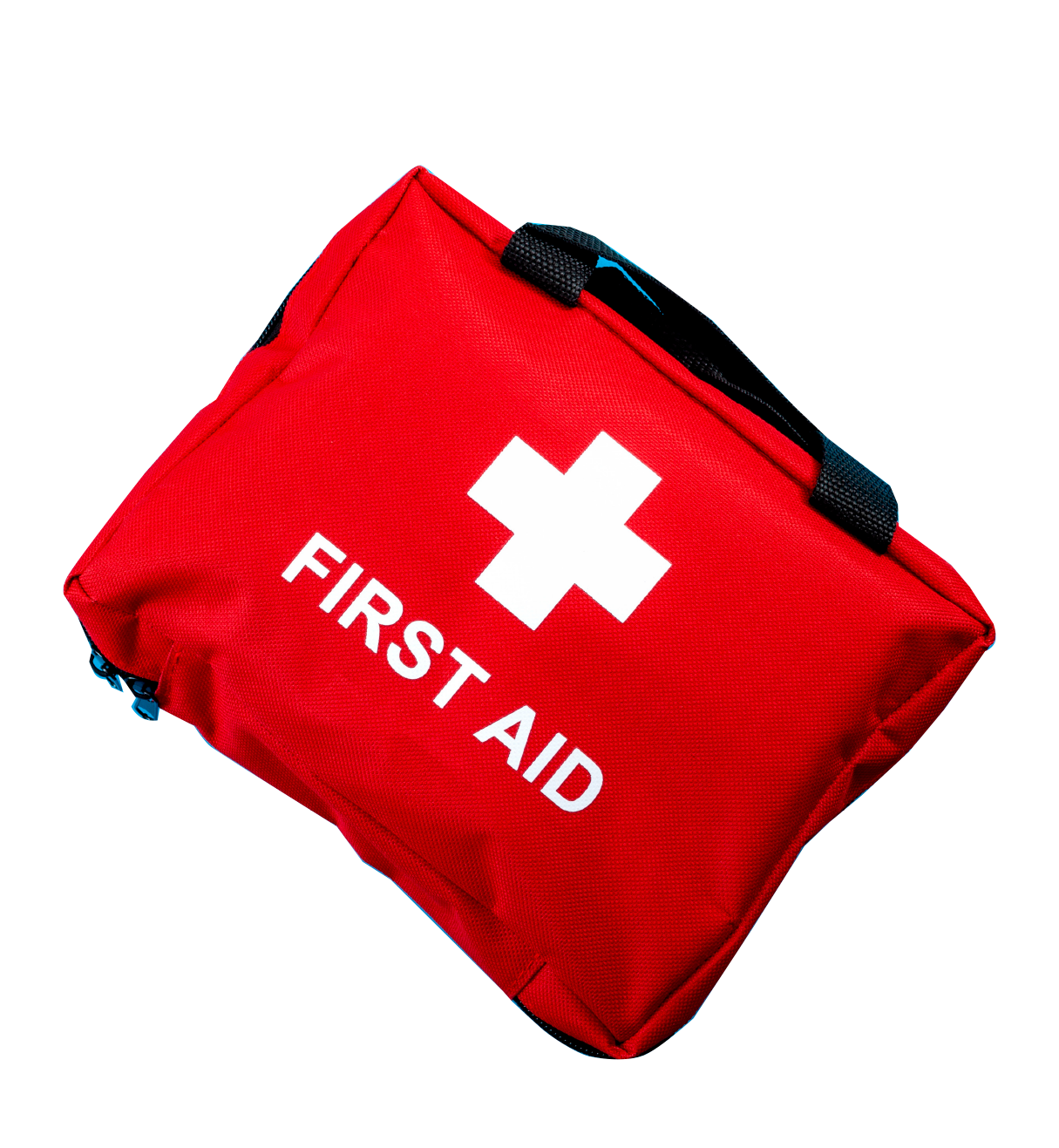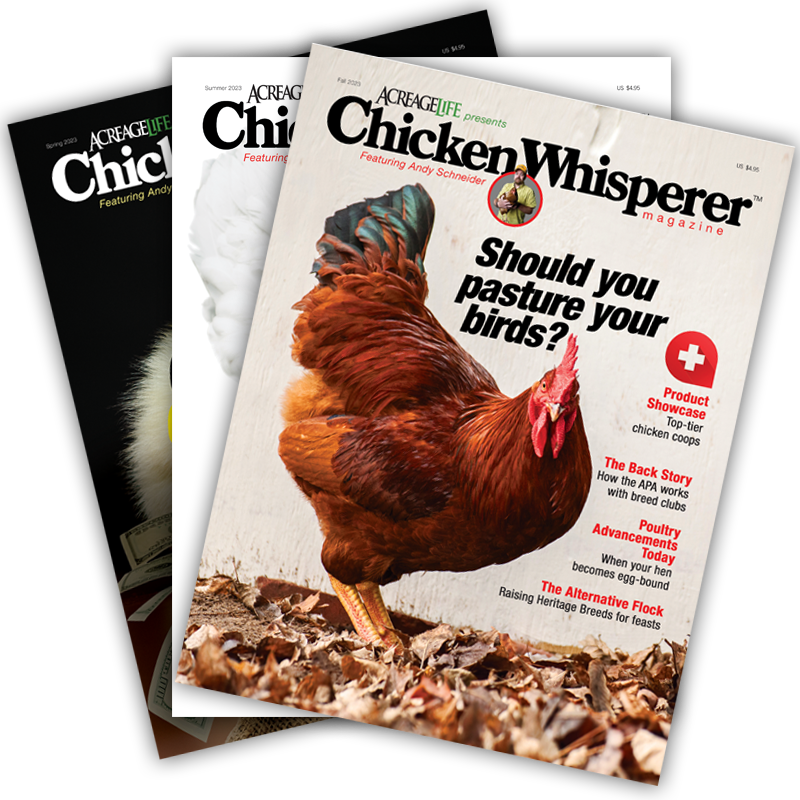Biosecurity Key in Avian Flu
Keeping Species Apart Can Save Your Poultry


For chicken keepers, the well-being of your flock is always a top priority. Staying informed about threats like the bird flu, otherwise known as H5N1 virus, is an essential part of ensuring your birds remain healthy.
Known scientifically as highly pathogenic avian influenza, this virus has had a widespread impact on wild birds, poultry and other animals. Although the risk to human health is very low and there is no evidence of person-to-person spread, taking proactive steps to prevent infection is critical to protecting your flock.
What Chicken Keepers Should Know
The H5N1 virus is widespread among wild bird populations, leading to outbreaks in poultry and even dairy cows. Waterfowl migration is one of the main ways that avian influenza spreads. Migratory birds carry a mix of avian influenza viruses as their routes overlap, which increases the likelihood that infected waterfowl will share these viruses.
For example, a wild duck carrying the virus may stop in a wetland or lake and its feces could contaminate the environment. Your chickens are then at high risk from the infected waterfowl if they intermingle near water sources. The virus can spread quickly in such environments, devastating entire flocks of poultry.
Recent Detections in Animals
The U.S. Department of Agriculture’s Animal and Plant Health Inspection Service (APHIS) reported in March 2025 an increase in detections of H5N1 avian flu in dairy herds in California and Nevada. California has experienced the most significant impact from this virus.
In April, APHIS confirmed an increase in detections in poultry flocks. Outbreaks of H5N1 in U.S. poultry began in early 2022 and have led to the loss of more than 168 million birds across all 50 states and Puerto Rico.
Human and Pet Health Considerations
Although the public health risk from bird flu is minimal, isolated incidents have been reported in humans and domestic animals. For example, a worker infected at a dairy farm and human fatality earlier this year remain rare cases. The virus has also impacted companion animals, with cats proving particularly vulnerable if exposed through contaminated food or direct contact with infected birds.
“Raising backyard chickens can be a rewarding experience, but it also comes with responsibility,” said Dr. Dana Dobbs, field veterinarian, Washington State Department of Agriculture.
“Avian influenza is a serious animal health crisis that continues to impact flocks across the country. While it’s not considered a human health risk, it can be devastating to birds.”
Pet owners should take extra care with cats, ensuring they don’t consume raw poultry or milk that could carry the virus. Hunting and roaming outdoors may also expose cats to potential infection from waterfowl or their environment.
Key to Protecting Your Flock
When it comes to poultry health, prevention is best. A single outbreak can cause significant losses, not just for backyard flocks, but for poultry farms in your community. Employing strong biosecurity habits is critical to reducing the risk of infection.
Here are some top tips to protect your chickens:
- Keep wild birds away from your flock by limiting access to shared water sources.
- Separate different species, especially domestic waterfowl, as ducks may carry the virus without showing symptoms.
- Clean and disinfect coops, feeders and waterers regularly.
- Designate specific clothing and footwear for working with your chickens.
- Report any signs of illness in your flock, such as sudden deaths or respiratory symptoms, to local agricultural authorities.
- Store feed in sealed containers to prevent contamination by wild birds.
By implementing these measures, you’ll not only enhance the health of your flock but also help prevent wider outbreaks that could impact local poultry operations or even other animal species.
While the bird flu is a serious and evolving issue, staying educated and practicing biosecurity can go a long way in protecting your flock and community.
Tags:Healthy Flock

Chicken Whisperer is part of the Catalyst Communications Network publication family.












